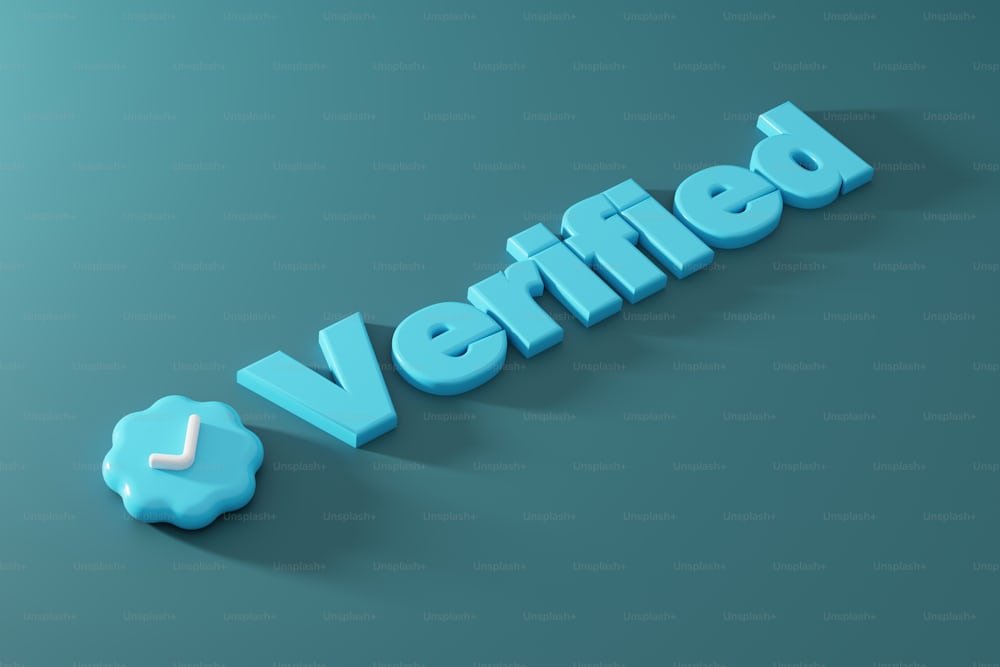The rise of artificial intelligence (AI) within Software as a Service (SaaS) platforms has transformed the way businesses operate, offering smarter, faster, and more personalized solutions. However, with the rapid growth of these tools, it has become increasingly important to define AI SaaS product classification criteria. Proper classification ensures that companies, developers, and users can understand the purpose, scope, and value of each product in the competitive AI SaaS ecosystem.
What Are AI SaaS Product Classification Criteria?
AI SaaS product classification criteria are the structured guidelines or standards used to categorize different types of AI-powered SaaS solutions. These criteria help distinguish products based on their features, intended use, industry application, scalability, and technological complexity. Without such categorization, businesses may face confusion when choosing between various tools, making adoption less effective.
Key Criteria for Classifying AI SaaS Products
- Functionality and Use Case
The first and most essential criterion is what the product does. For example, AI SaaS products can be grouped into categories like:- Data Analytics & Insights – Platforms that help businesses analyze data for better decisions.
- Automation Tools – AI-driven services that streamline repetitive tasks.
- Customer Engagement – Chatbots, virtual assistants, and personalized recommendation engines.
- Security & Compliance – AI solutions for fraud detection, risk management, and cybersecurity.
- Industry Focus
Many AI SaaS tools are designed for specific industries. For instance:- Healthcare AI SaaS focuses on patient care analytics and diagnostics.
- Fintech AI SaaS offers fraud detection, credit scoring, and investment insights.
- Retail AI SaaS provides demand forecasting, personalization, and inventory optimization.
Classifying by industry ensures users find the right fit for their unique business needs.
- Technology Stack and Complexity
The underlying AI models and infrastructure also play a role in classification. Products may be built on:- Machine Learning (ML) for predictive analytics.
- Natural Language Processing (NLP) for text and speech recognition.
- Computer Vision for image and video analysis.
- Generative AI for content creation and design.
- Deployment and Scalability
Another factor in AI SaaS product classification criteria is how scalable and deployable the solution is. Some tools are lightweight and designed for small businesses, while others are enterprise-level platforms supporting global operations. - Integration Capabilities
The ability to integrate with other platforms is critical. SaaS products that connect seamlessly with CRM, ERP, or cloud solutions may be classified as “high-integration AI SaaS.” - Pricing and Accessibility
SaaS is known for its subscription models, but classification may also depend on whether the product is:- Freemium – offering basic free features with paid upgrades.
- Tiered Pricing – catering to small, medium, and enterprise users.
- Custom Enterprise Plans – designed for large organizations with tailored solutions.
Why Classification Matters
Having clear AI SaaS product classification criteria benefits all stakeholders:
- For Businesses – It simplifies decision-making and ensures they choose the right tool for their needs.
- For Developers – It helps in positioning products effectively in the market.
- For Investors – It highlights the growth potential of each product segment.
- For End Users – It creates transparency, making adoption easier.
Read More: Surface pour Sécher le Café S’appelle Syphon: A Unique Brewing and Drying Method
Conclusion
In today’s digital economy, AI-powered SaaS products are indispensable. However, their growing variety makes proper AI SaaS product classification criteria more crucial than ever. By organizing solutions based on functionality, industry, technology, scalability, and pricing, businesses can identify the best tools to drive efficiency and innovation. Clear classification not only reduces confusion but also accelerates adoption, ensuring that AI SaaS continues to shape the future of work.




Leave a Reply